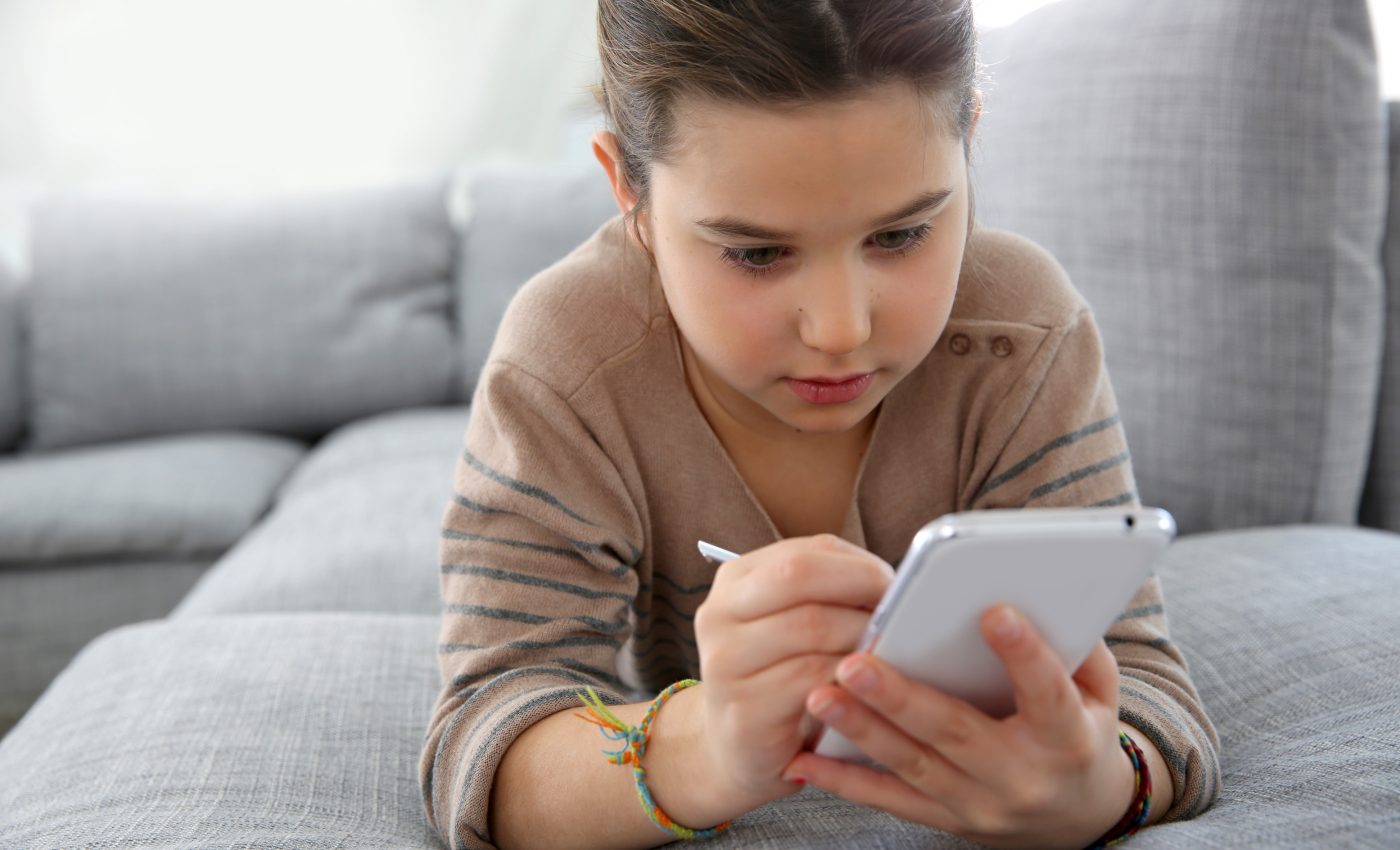
Kids spending more time at home, but it’s time spent on smartphones
Kids are spending more time at home compared to the beginning of the 2000s, but a new study shows that this extra time is being spent alone on smartphones and not engaging with parents.
The study, conducted by researchers from the University of Oxford and the University of Warwick, is the first of its kind to measure the impacts of smartphone use on family time.
“Our study is the first to measure the rapid spread of mobile devices across family life, revealing that children and parents will spend time on devices such as smartphones and tablets even while watching TV or eating together,” said Dr. Stella Chatzitheochari, a co-author of the study.
While time spent together and the activities that families share like mealtimes and watching TV remained unchanged from 2000 to 2015, the results show that children are still spending an extra 30 minutes at home.
For the study, published in the Journal of Marriage and Family, the researchers reviewed data from 5,000 daily diaries from 2,500 children and their parents to see how family time changed over the years.
The children in the study were between 8 and 16 years old when they started their daily diaries.
By 2015, the researchers found that smartphones and mobile devices were used during all aspects of family time.
“The research shows that device use is now embedded into family life. While we did not find any significant changes in the time family members spend interacting and doing things together, it is certainly possible that mobile devices distract people’s attention during family activities, leading to feelings that the quality of family relationships is under threat,” said Chatzitheochari.
Mobile devices were most heavily used during what the researchers called “alone-together time,” when children are home but not engaged with their parents.
Alone-together time made up the entirety of the extra time that children spent at home and by 2015, and the researchers found that alone-together time increased by 30 minutes.
In 2000, parents and their children spent 347 minutes together, but only 84 minutes were spent doing shared activities. In 2015, the time spent together between families increased to 379 minutes, but 95 minutes were spent alone-together.
Mobile devices did not impact the 84 minutes that families spent on shared activities, but older children spent less time than their younger siblings with their parents overall.
The researchers say that although smartphone use is now so heavily enmeshed among families, mobile devices might be benefiting social skills and enhancing time spent together.
“Given this large increase in alone-together time, it is perhaps reassuring that we also found no decline in the amount of time families spent in shared activities between 2000 and 2015,” said Dr. Killian Mullan, the first author of the study. “This suggests that parents still value key aspects of traditional family life, such as family meals or shared hobbies, and seek to prioritise them in the face of pressure from technological change.”
—
By Kay Vandette, Earth.com Staff Writer













